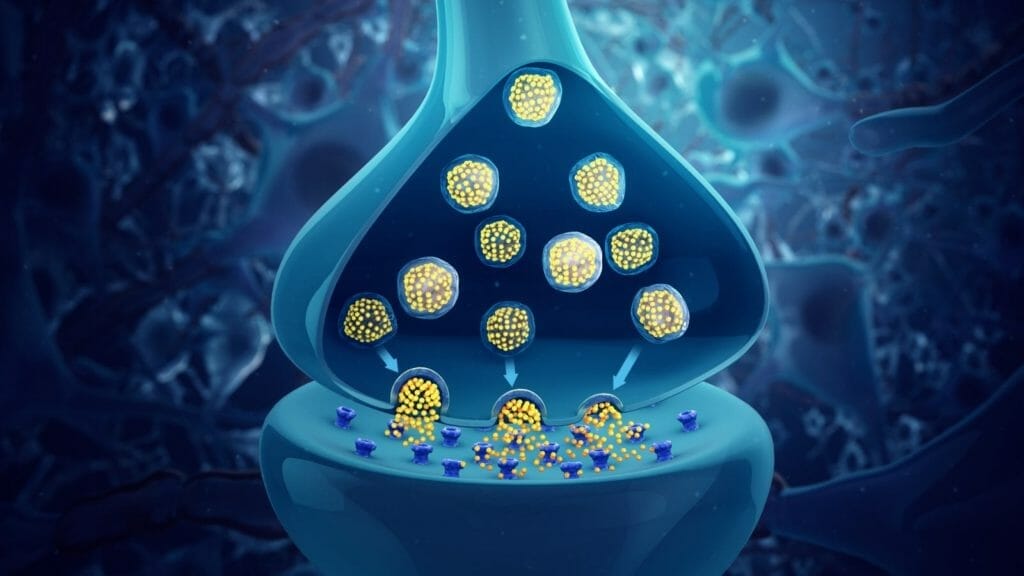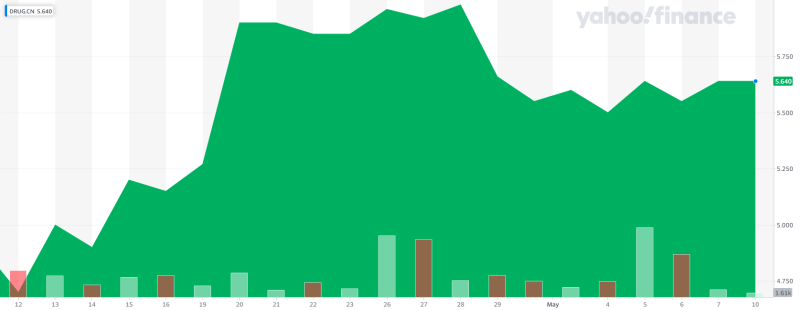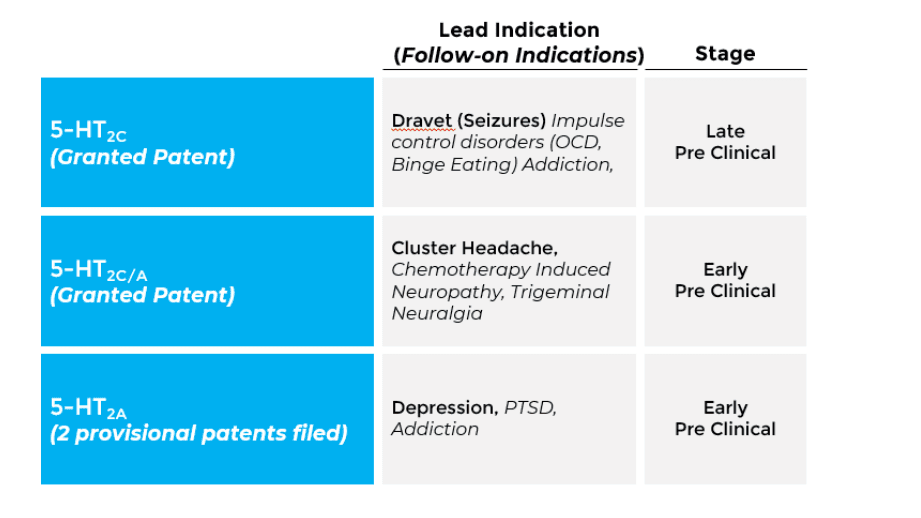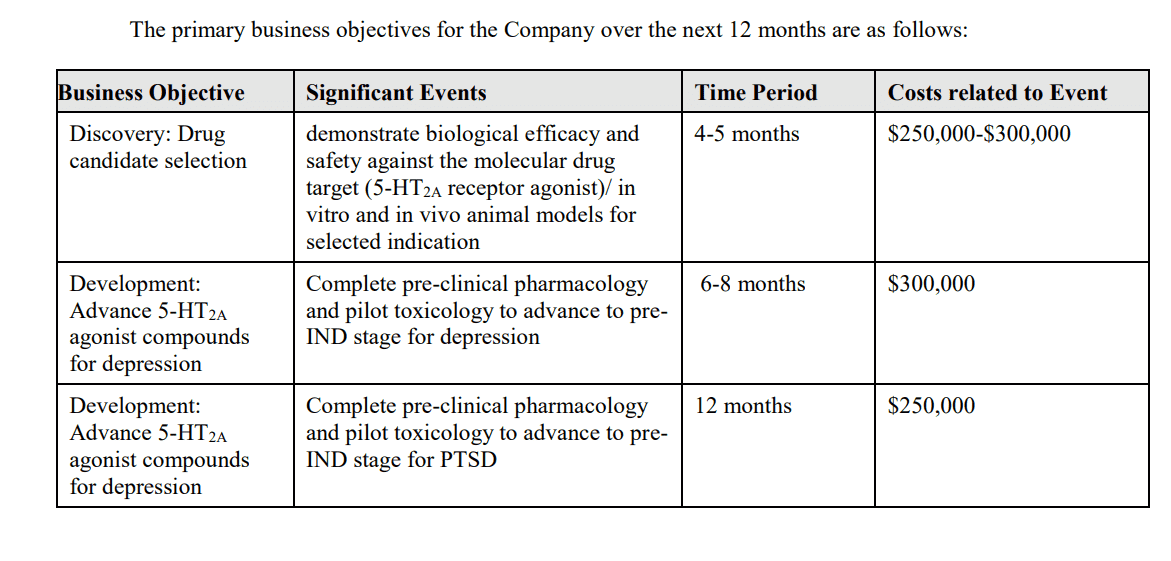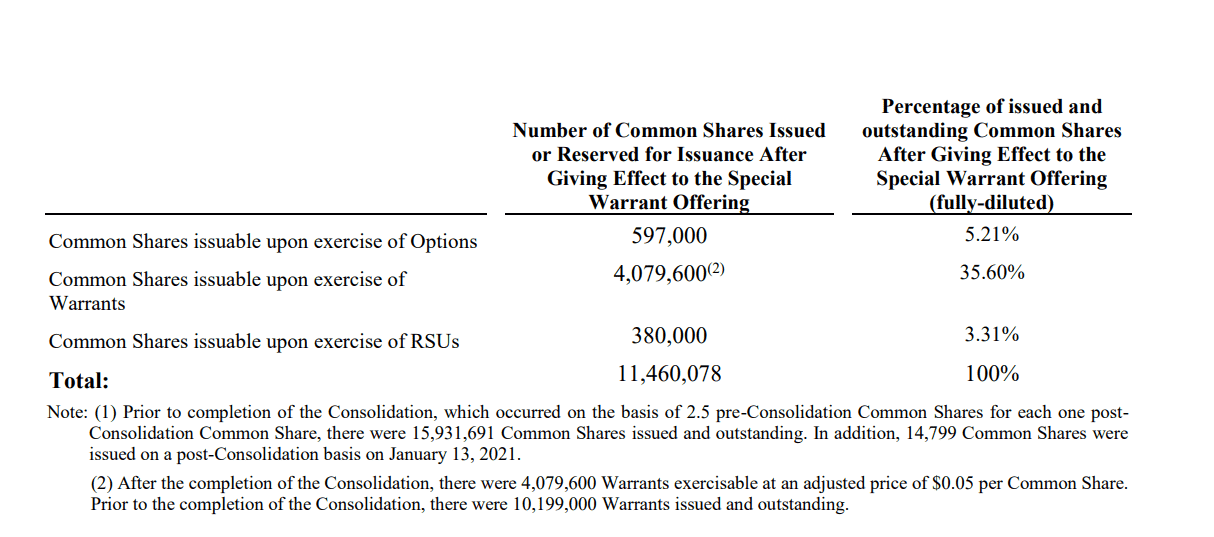Serotonin over psychedelics
Bright Minds Biosciences (DRUG.C) isn’t banking on recreational psychedelics being relevant any time soon, they aren’t selling mushroom powder, and don’t own any ketamine clinics. Rather, they are developing novel therapeutics to improve the lives of people with severe and life-altering diseases with a focus on 5-HT (serotonin) medicines.
The company does believe off-label use of psilocybin extracts in depression and cluster headache, as well as encouraging clinical trial data with psilocybin and MDMA in depression and post-traumatic stress disorder (PTSD) will help demonstrate the potential for advancing its serotoninergic therapies
https://equity.guru/2021/05/10/the-results-are-in-for-maps-phase-3-study-of-mdma-assisted-therapy-for-severe-ptsd/
Bright Minds also further believes the full potential of serotonin-based therapeutics has not been achieved due to the lack of drugs that are specific to certain serotonin receptor subtypes.
Serotonin is the most prominent neurotransmitter in the brain and modulates many functions. Dysfunction of serotonin receptors, transporters, and associated neurocircuits is fundamental to many diseases including epilepsy, pain, and neuropsychiatry. Serotonin receptors play a large role in the regulation of cognitive function, emotions, memory, and the sleep-wake cycle. Dysfunction in the serotonin system is associated with a number of disease states including neuropsychiatric, seizure, and pain disorders.
Serotonin is released from vesicles in nerve cells and picked up by receptors on the target cell surface. There are 15 different forms of these receptors in our bodies, most of which are G protein-coupled receptors.
Many different drugs bind to serotonin receptors and modify the normal signaling process. The structure shown here has the drug ergotamine bound in the site normally occupied by serotonin. Ergotamine activates the receptor and has been used to control the painful swelling of blood vessels that cause migraines. LSD, on the other hand, interferes with serotonin receptors involved in perception, inducing hallucinations and synesthesia.
An association between the brain serotonin system and feeding has been postulated since the 1970s but it has only been in recent years that the nature of 5-HT-mediated hypophagia has become well understood, and the receptor subtypes responsible for the effect better defined.
https://equity.guru/2021/04/27/nova-mentis-nova-c-is-targeting-autism-spectrum-disorder-with-unique-hybrid-psilocybin-treatments/
Pipeline
BMB is advancing a drug development pipeline based on early-stage compound in-licensing and in-house proprietary drug discovery programs. For in-licensing, the Company identifies the most promising drug candidate opportunities from academic research labs for BMB’s molecular and therapeutic drug targets. As an example of this strategy, the Company’s lead pipeline 5-HT2C drug program with intellectual property that has been in-licensed from the University of Illinois at Chicago (UIC) through an option agreement with UIC.
Bright Mind’s drug pipeline targets therapeutic areas of the central nervous system (CNS), pain, and neuropsychiatry. Within these therapeutic areas, their lead indications are pharmacoresistant epilepsy, fibromyalgia, chemotherapy-induced neuropathy, major depressive disorder, and substance abuse disorders.
Two of its team members, Drs. Kozikowski and Shapiro, have experience in creating novel drugs. Dr. Kozikowski’s research on the natural product Huperzine.
Dr. Shapiro has a long history in CNS drug chemistry discovery originally in big pharma at Sandoz Pharmaceuticals in Basel, Switzerland. At Sandoz he managed drug discovery in the Alzheimer’s disease group from which numerous clinical candidates including the drug Exelon was developed.
Tight share structure
While psychedelic medicines like psilocin are currently in clinical trials for the treatment of depression, Bright Mind’s chemistry team designed novel analogs of psilocin that they believed would retain 5-HT2A activity. Following this the company has filed two patents that cover psilocin analogs with goals of maintaining desired 5-HT2A activity.
Psilocybin and psilocin are both psychoactive compounds found in certain types of mushrooms, but it is actually psilocin that is largely responsible for the high mushrooms cause. According to the company, Bright Minds drugs hope to advance he therapeutic aspects of psychedelic and other serotonergic compounds while minimizing the side effects, thereby creating superior drugs to first generation compounds, such as psilocybin. Companies can build value by patenting their own formulations, one of the upsides of working with novel compounds as opposed to say DMT or psilocybin which cannot be patentented.
The company raised $25 million CAD earlier this year, and currently has a tight share structure with only 11 million shares outstanding.
This is an early-stage company, for this year their plans are pre-clinical. Their tight share structure, low float and high IPO price make this stock interesting in a see of heavily diluted psychedelics and cannabis companies. The fact that they are going all-in on serotonin receptors gives them a unique value prop within the psychedelics space, but not in the biotech space.
The company isn’t technically touching psychedelics at the moment, but more future information about psychedelics could be involved in the company’s business plan if and when regulations change would have been nice. The company is applauding the psychedelic movement, and believes further clinical studies into compounds like MDMA and psilocybin will help bring value and awareness to their game plan, but I still want a bit more. It’s a new company, so they have time.
All in all, I like what I see so far, an ability to raise capital, combined with a tight structure and somewhat of a unique story in a fast-growing space. Again, I can’t reiterate enough how refreshing it is to see a company not balloon its share count on day 1.

